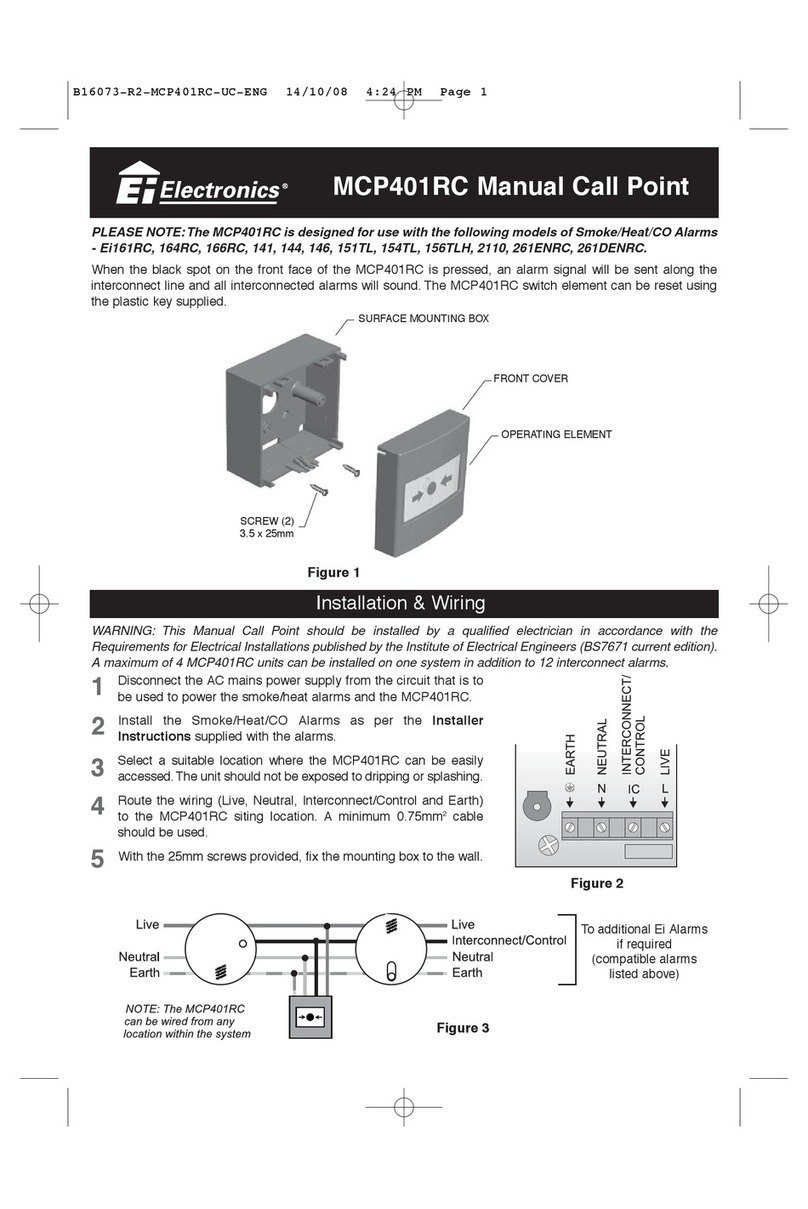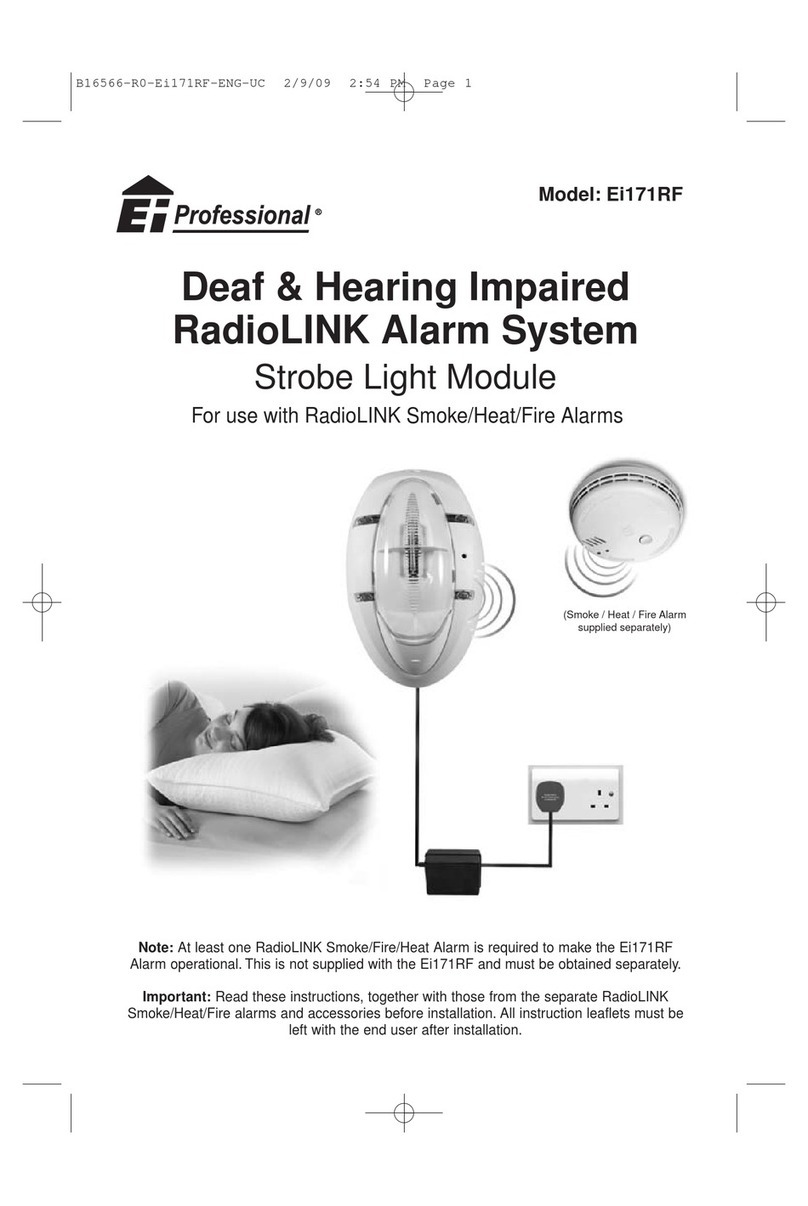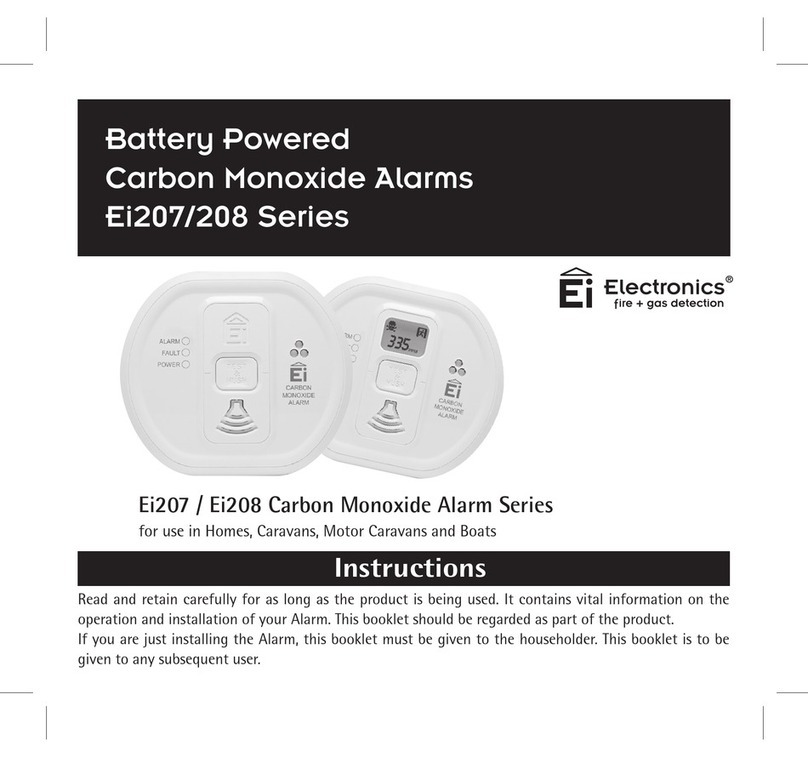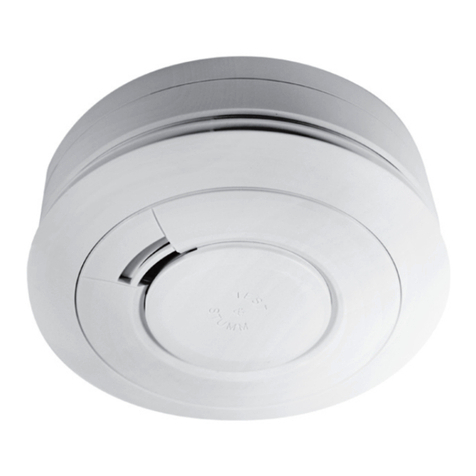Ei Electronics Ei Ei168RC User manual
Other Ei Electronics Security System manuals
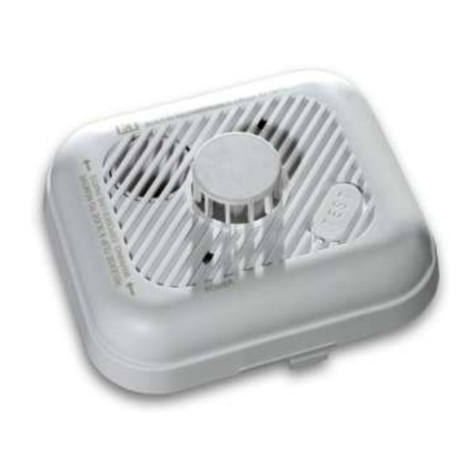
Ei Electronics
Ei Electronics Ei154TL User manual
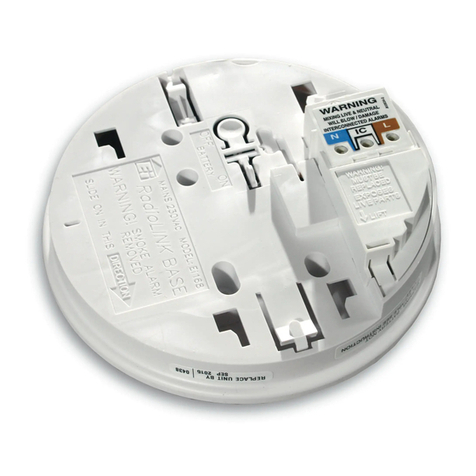
Ei Electronics
Ei Electronics RadioLINK Ei168RC User manual

Ei Electronics
Ei Electronics Ei600 Series User manual

Ei Electronics
Ei Electronics RadioLINK Base Smoke & Heat Alarms Ei168 User manual
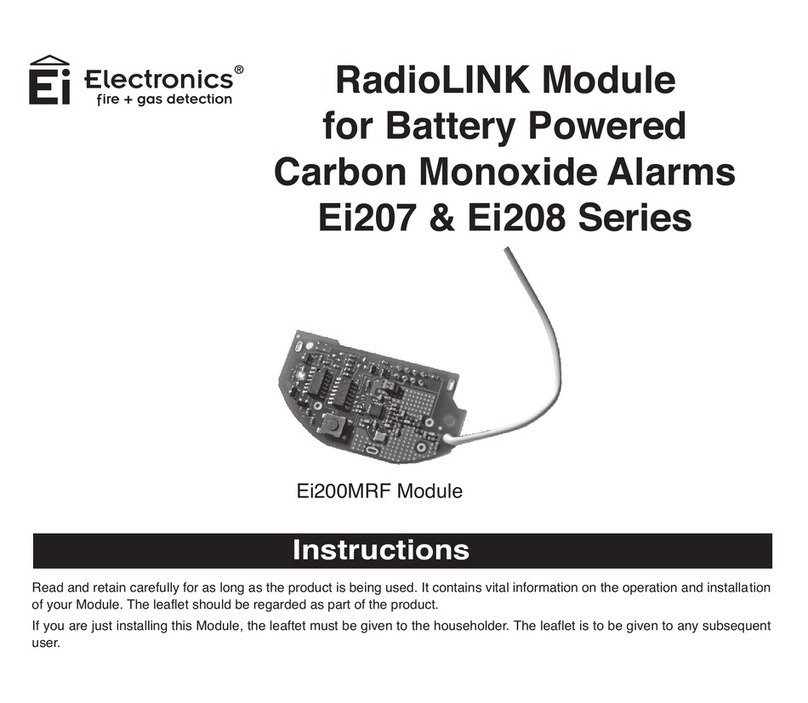
Ei Electronics
Ei Electronics RadioLINK Ei200MRF User manual
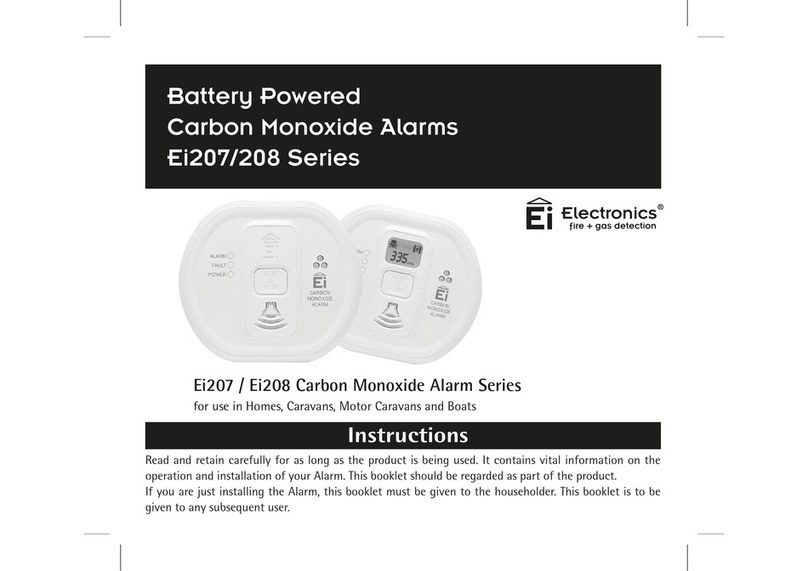
Ei Electronics
Ei Electronics Ei207 Series User manual

Ei Electronics
Ei Electronics EI 175 Manual
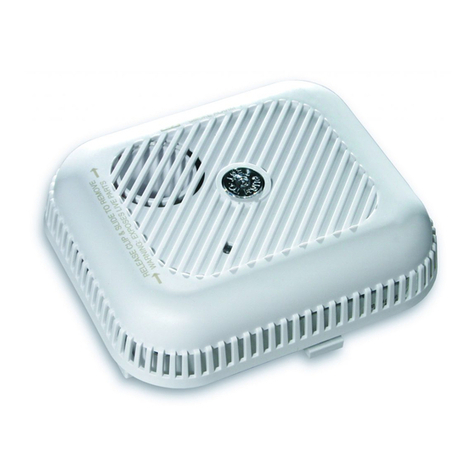
Ei Electronics
Ei Electronics Ei156TL User manual
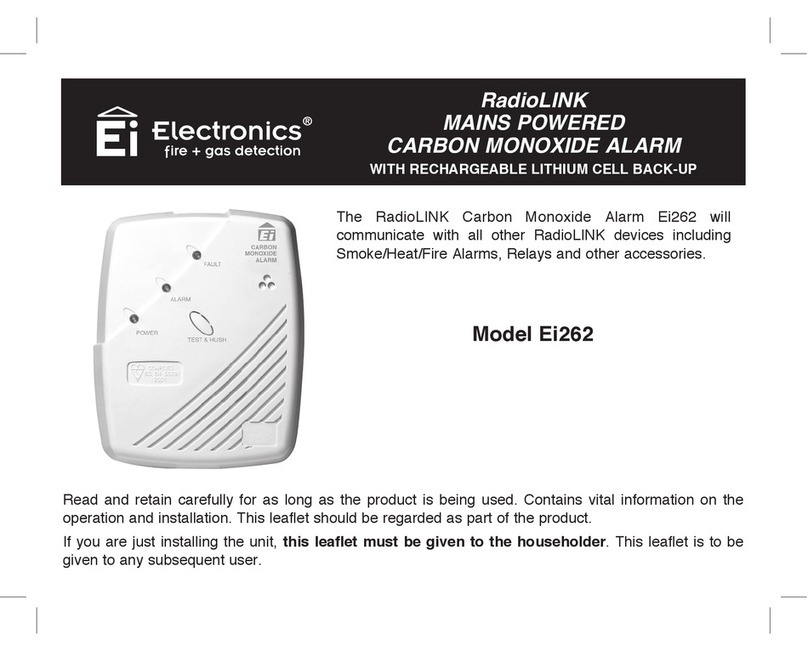
Ei Electronics
Ei Electronics RadioLINK Ei262 Manual
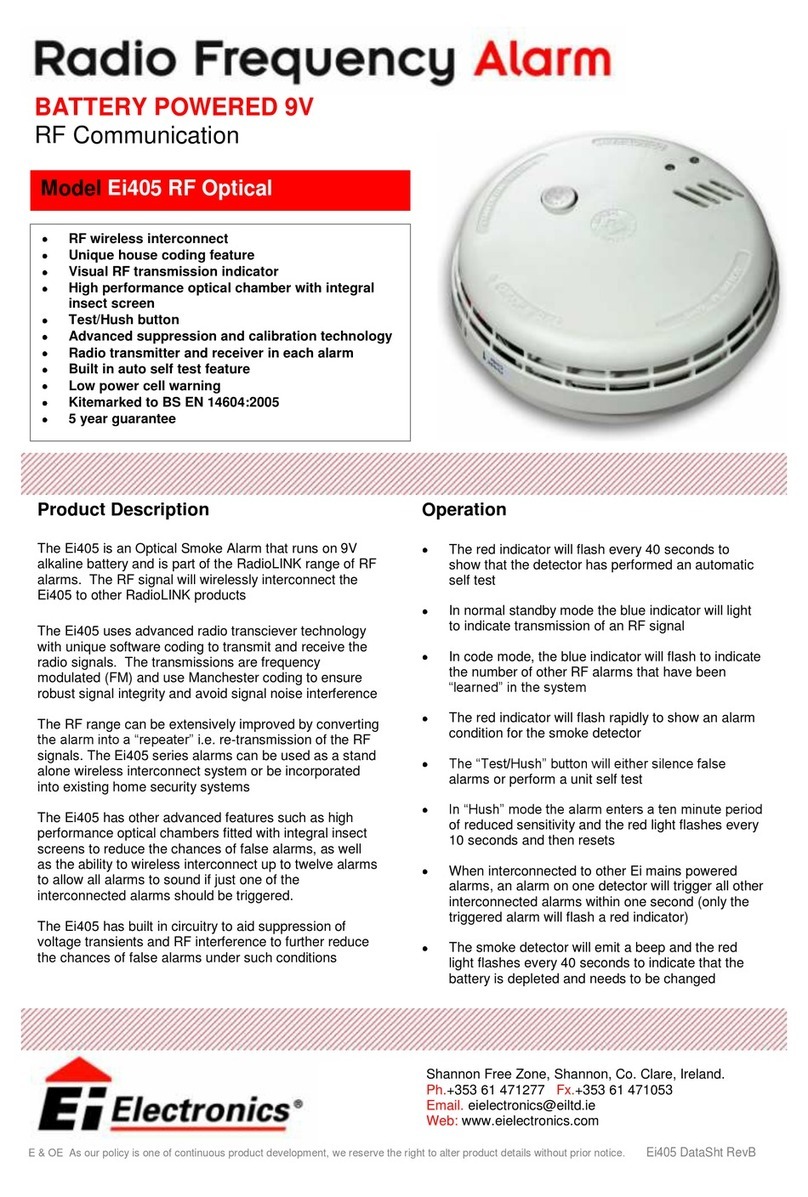
Ei Electronics
Ei Electronics Ei 405 User manual
Popular Security System manuals by other brands

Secure
Secure USAB-1 operating instructions

B&B
B&B 480 SERIES Operation & maintenance manual

ADEMCO
ADEMCO VISTA-20P Series Installation and setup guide

Inner Range
Inner Range Concept 2000 user manual

Johnson Controls
Johnson Controls PENN Connected PC10 Install and Commissioning Guide

Aeotec
Aeotec Siren Gen5 quick start guide
